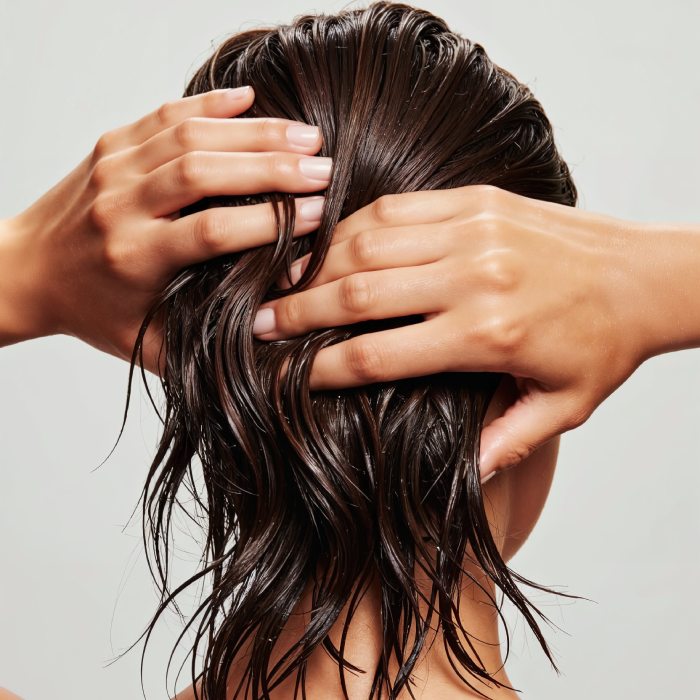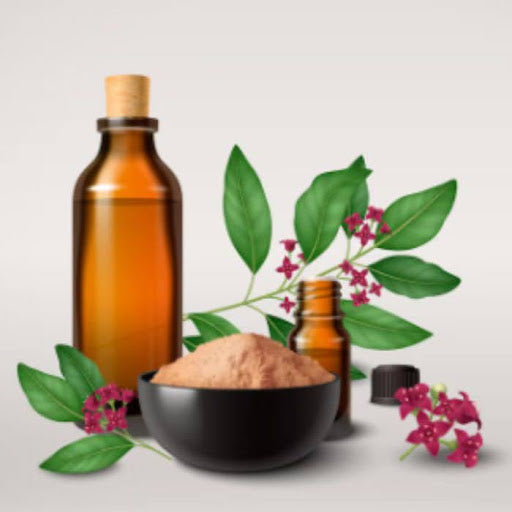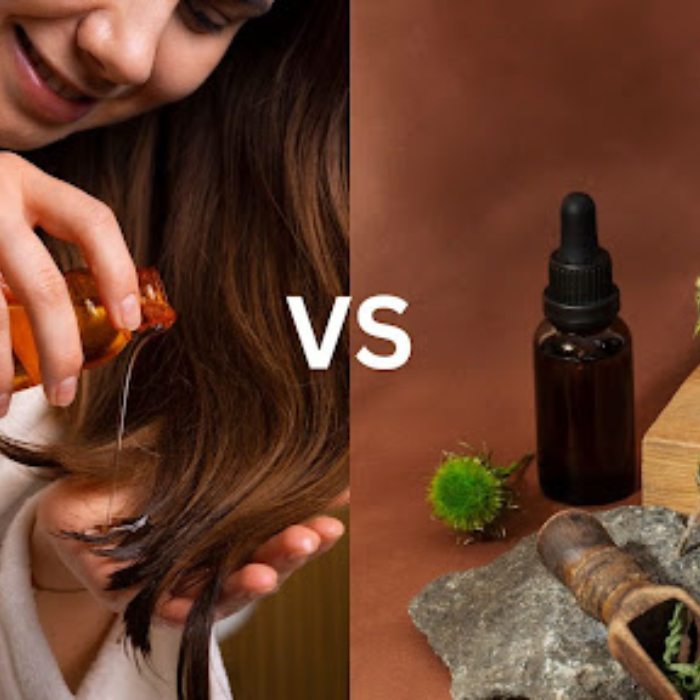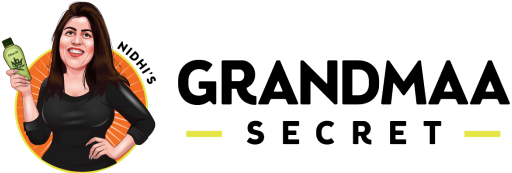Hair oiling is more than just a beauty tradition, it's a cultural tradition steeped in nostalgia, comfort, and love. At Nidhi's Grandmaa Secret, we honor these timeless traditions with a modern twist. Yet as popular as oiling is, many of us unknowingly commit hair oiling mistakes that slow down hair growth rather than facilitating it.
Let's revisit Grandma's old yet effective wisdom and learn the 5 mistakes to avoid when using hair oil. And we'll also demonstrate how using the right tools and natural hair care products can revolutionize your regimen.
Should you be using hair oil?
Yes, without a doubt! Our ancestors swore by frequent hair oiling. For them, oil was food for the scalp. When done properly, it strengthens roots, reduces breakage, relaxes the mind, and revitalizes worn, dull hair.
However, according to Ayurveda, your hair oiling do’s and don'ts should be guided by your dosha - Vata, Pitta, or Kapha.
-
Vata
In Ayurveda, Vata represents movement, dryness, and coolness, governed by the air and ether elements. When Vata is dominant in your constitution, your hair and scalp tend to reflect these qualities such as dryness and flakiness.
To restore the balance, you should oil your hair 2-3 times a week using herbal oils such as the 13 Herbs Hair oil, infused with Brahmi, Hibiscus, and Methi that can bring back moisture and bounce.
-
Pitta
When Pitta governs your hair type, the scalp tends to run hot and oily. More than just greasiness or thinning, Pitta-related hair issues often stem from internal heat imbalances.
Cooling, calming oils like Bhringraj or oils blended with rosemary and neem are ideal.
-
Kapha
If your hair type is controlled by Kapha Dosha, you will have thick, silky, and moisturized hair, but due to excess oiliness, a feeling of heaviness can delay hair growth and cause itchiness or fungal infections.
Pairing your oil with our Rosemary Mist Spray balances oil production while refreshing your scalp.
What Are The Top 5 Hair Oiling Mistakes You Must Avoid?
When done properly, the ancient practice of hair oiling results in lush, lustrous hair, but when done incorrectly, it causes a slew of hair issues.
1. Oiling on Dirty or Wet Hair
Nidhi: "Did you know oiling your dirty scalp has been doing more harm than good for your hair? I realised that a lot of people in India have been following this wrong practice. I recommend oiling on a clean scalp for the oil and nutrients to absorb better."
Oiling on a filthy scalp traps dirt, product buildup, and sweat, resulting in itchiness, dandruff, and fungal infections. Putting oil on wet locks makes breakage more likely and decreases the effectiveness of absorption.
Grandma's Secret Rule: Always oil on clean, dry hair for better absorption and stronger roots.
2. Using Too Much Oil
A little goes a long way with hair oil, and you don't need to smother yourself in it as you would with moisturizers. Start with a palmful of oil and massage it in deeply, adding extra where you notice dry patches.
Pro Tip: Just 2–3 teaspoons of our 13 Herbs Hair Oil is enough for your hair.
3. Skipping the Scalp Massage
Rushing through oiling without a massage? Big no-no. The magic lies in your fingertips. Gently massage the oil into the scalp to increase blood circulation, improve nutrient absorption, and strengthen the hair roots.
Pair it with: Our natural scalp massager is gentle, silicone-based, and grandma approved!
4. Leaving Oil on Too Long
The longer, the better that may be true for some hair treatments but not for hair oiling as the oil can block your hair follicles. Prolonged oiling can clog pores, attract dust, and make your scalp itchy.
Better Alternative: Leave it for several hours or overnight and wash with any light shampoo.
5. Using the Wrong Kind of Oil
Choosing the right oils for your hair type and specific concerns is critical to reaping the full benefits of hair oiling. Different oils have unique properties that cater to specific hair needs. Synthetic, heavily perfumed oils may smell nice but they’re not feeding your roots. Many commercial oils are filled with mineral oils or parabens, which do more harm than good.
Why 13 Herbs Hair Oil?: Because it's packed with herbal infusions like Amla, Brahmi, Neem, and Rosemary ingredients that nurture your roots.
Conclusion
Oiling hair is not merely about the application of oil, it's how you do it, how you feel doing it, and the ingredients you rely on. If done properly, it can change not only your hair, but your whole self-care practice. At Nidhi's Grandmaa Secret, we combine nature's finest natural and fresh ingredients to produce the 13 Herbs Hair Oil which is clinically proven and tested to reduce hair fall by 70% in just 8 weeks.
So the next time you grab that bottle of oil, keep in mind: less is more, massage is necessary, and natural is best. Make hair oiling your moment of calm, your weekly pause, your gift to yourself.
FAQs Based On Hair Oiling Mistakes
-
What should I not do after oiling my hair?
After oiling your hair, avoid washing it with hot water and tying it up tightly. Also, refrain from using harsh shampoos or styling with heat.
-
What is the correct way of oiling hair?
Take oil based on your hair length and thickness, apply to roots, and gently massage into the scalp to boost circulation and absorption. Use any leftover oil on the ends to keep them soft and healthy.
-
Which hair oil is harmful for hair?
Oils that are made from chemicals and toxic ingredients like silicones, synthetic perfumes, or parabens are harmful for your hair as they damage the hair in the long term while they provide temporary relief.
-
What oil is best for hair?
The best hair oil is the one that uses natural ayurvedic herbs like Bhringraj (for hair growth), Amla (rich in Vitamin C), Neem (for dandruff), Brahmi (to calm the scalp), Hibiscus, and several others that are used in our 13 Herbs Hair Oil.
-
Is oiling hair at night good or bad?
The appropriate amount of time to oil your hair is determined by your hair type, lifestyle, and preferences. Some people prefer to oil their hair overnight, while others prefer to apply it just before they wash it. The idea is to understand your hair's demands and establish a regimen that encourages its health and vitality.







